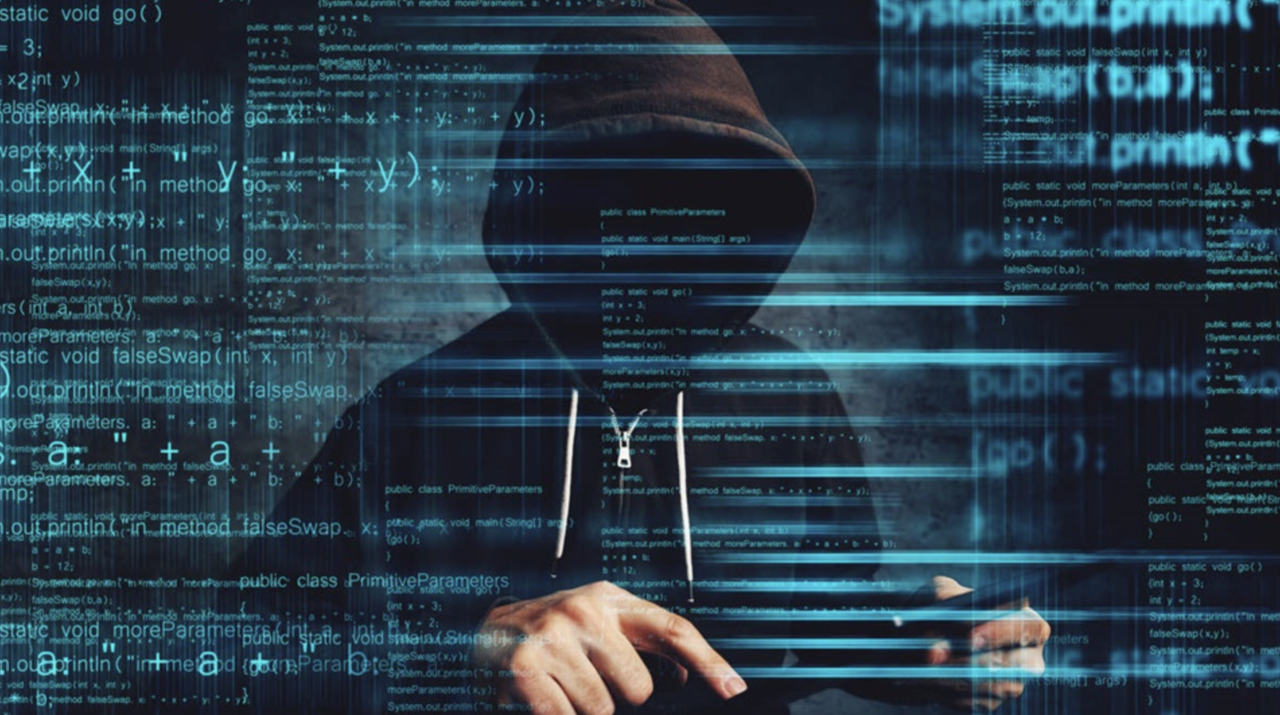
The dark web has become synonymous with criminal activity, from drug trafficking to the sale of stolen data. While the term "dark web" is often used interchangeably with "deep web," they are not the same. The deep web refers to any content not indexed by search engines, while the dark web is a subset of the deep web that requires specific software or configurations to access.
The dark web is primarily used by cybercriminals to conduct illicit activities, and it has become an important tool for them to carry out cybercrime. In this article, we will explore the dark web, its role in cybercrime, and ways to protect yourself from its threats.
Understanding the Dark Web
The dark web is a part of the internet that is not accessible through regular search engines like Google or Bing. It can only be accessed through special software, such as Tor, Freenet, or I2P, that anonymizes the user's identity and activity. This anonymity has made the dark web an attractive platform for cybercriminals to carry out their illicit activities, as it makes it difficult for law enforcement agencies to track them down.
The dark web is essentially a collection of websites and forums that are hidden from the general public. These websites often have .onion domains, and their URLs are made up of a series of random letters and numbers. This makes it challenging to remember or bookmark them, and it also makes them difficult to find by accident.
Role of the Dark Web in Cybercrime
The dark web is a hotbed of criminal activity, and cybercrime is no exception. Cybercriminals use the dark web to buy and sell stolen data, such as credit card information, login credentials, and personal information. They also use it to distribute malware and conduct phishing attacks, among other things.
One of the most significant threats posed by the dark web is the sale of hacking tools and services. For example, cybercriminals can buy or rent botnets, which are networks of infected computers that can be used to launch DDoS attacks or distribute malware. They can also purchase exploit kits, which are pre-packaged software tools designed to exploit vulnerabilities in software or systems.
In addition to selling hacking tools and services, the dark web is also home to various underground markets where cybercriminals can sell illegal goods and services. These include drugs, weapons, counterfeit goods, and even hitmen for hire. The dark web has become an essential platform for organized crime groups to conduct their operations, and it poses a significant threat to the safety and security of individuals and businesses alike.
Protecting Yourself from Dark Web Threats
The first step in protecting yourself from dark web threats is to be aware of the risks. Educating yourself and your employees on the dangers of the dark web and the importance of cybersecurity best practices is critical. This includes using strong and unique passwords, keeping software up to date, and being wary of suspicious emails or links.
Another essential step is to use a VPN (virtual private network) when accessing the internet. A VPN encrypts your internet traffic and routes it through a remote server, which makes it more difficult for cybercriminals to intercept your data or track your activity. Using a reputable antivirus software and a firewall can also help protect your device from malware and other cyber threats.
It's also important to monitor your online accounts and credit reports regularly. This can help you identify any suspicious activity or unauthorized access to your accounts. If you believe your personal information has been compromised, you should immediately change your passwords and notify your bank or credit card company.
Conclusion
In conclusion, the dark web is a hidden part of the internet that facilitates various illegal activities, including cybercrime. Understanding the dark web and its role in cybercrime is crucial in developing effective measures to prevent and combat cyber threats. Cybercriminals leverage the anonymity of the dark web to carry out their activities, and they are constantly evolving their tactics. It is important to keep up-to-date with the latest trends and adopt best practices to safeguard against cyber threats. While the dark web is a complex and often misunderstood space, by educating ourselves and taking proactive steps to protect our digital assets, we can help mitigate the risks associated with this shadowy corner of the internet.




